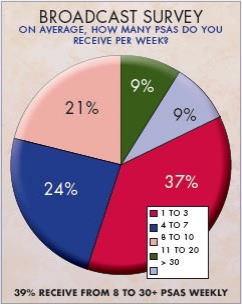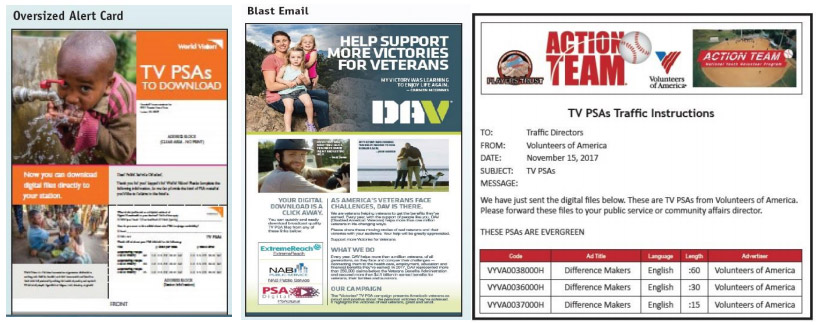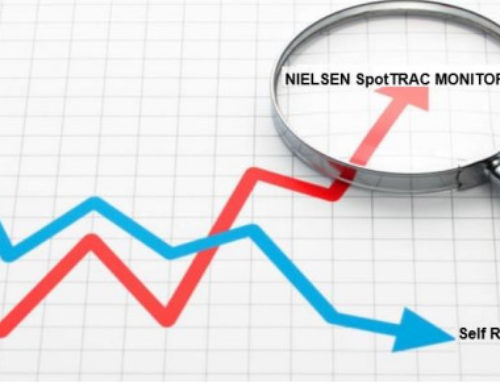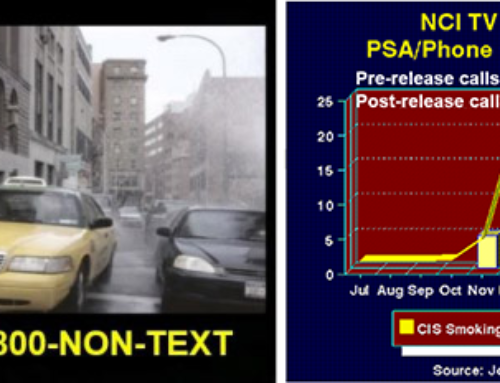
For any organization that closely monitors its public service advertising program it will come as no surprise that PSA usage rates – particularly among television media – have been declining recently. Several dynamics are responsible for this:
Increase in Paid Commercials – In the “old days” TV stations and networks would typically have four commercials per 15-minute break. Today, that number is typically 10, 15 or even 20 paid commercials per break. Since PSA usage is a function of unsold airtime, that obviously leaves much less time for them.
 PSA Overload – the sheer number of PSAs received by stations as the non-profit world turns to free methods of getting their message out on a growing number of social causes and issues. In a survey of 1,000 local broadcast stations, just under 40% of respondents indicated they receive from 8 to 30 PSAs weekly, or 32 to 120 per month.
PSA Overload – the sheer number of PSAs received by stations as the non-profit world turns to free methods of getting their message out on a growing number of social causes and issues. In a survey of 1,000 local broadcast stations, just under 40% of respondents indicated they receive from 8 to 30 PSAs weekly, or 32 to 120 per month.
High Turnover of PSDs – at many stations the Public Service Director is an entry-level position with a very high turnover rate. This could mean that the person who received your PSA may not be the one who is being asked to evaluate it, thus the campaign has lost much of its identity. The path of least resistance is to do nothing.
Lack of Clearly Defined Value – the Public Service Director, or perhaps more importantly, senior station management, may not be sold on the importance of your campaign and its value to the local community.
Improper Formats/Messaging – use of 900 numbers in tags, overly aggressive fundraising appeals, improper digital file formats, lack of non-profit certification…all these and more can easily get a PSA rejected with no notice to the sponsoring organization.
Failure to recognize the station/network for PSA usage – Media executives are like everyone else; they want to know they are making a difference in their communities, and they want their good deeds to be acknowledged.

While some of the above factors are out of your control, the last one is not, and here are some things you can do to overcome declining PSA usage. Due to intense competition for scarce airtime, it is more important than ever to inform, educate, and persuade Public Service Directors about the importance of your cause. There are several ways to accomplish this:
- Make sure your PSAs are broadcast ready – they should be closed captioned; they must have an AD ID Code; they must conform to precise timing limitations; they must represent an important cause; and they should not be overtly aggressive when it comes to fund raising.
- Sell the importance of your issue and try to localize its impact. Using local data, maps, tagging PSAs, supplying stations with news articles, names of local contacts and having field personnel make personal follow-up calls are all ways this can be done.
- Create (or have your distributor do it) a digital platform where your PSAs can be downloaded and let the media know the URL for the site.
- Use storyboards, blast emails, direct mail and other intrusive tactics to inform the media on your issue.
- Send stations “Traffic Instructions” which explain the titles/spot lengths and how you want the PSAs to be handled by the station.
- Send follow-up reminder mailings to Public Service Directors which can be letters, postcards or blast emails.
- Track those stations that have not used your PSAs and hire a telemarketing firm to call them to pitch your PSAs. One of our evaluation reports is a full-color map showing PSA usage according to four levels which makes it easy to spot where more outreach is needed.
Finally, all non-government organizations should be listed with the Council of Better Business Bureaus and the National Charities Information Bureau. These are organizations that the media will likely check to ensure the legitimacy of your cause. If you represent a new organization, it may be wise to send a copy of your IRS 501C(3) non-profit certification to the stations, a move that is particularly important with the networks or for those nonprofits which are distributing their first national PSA.







Leave A Comment